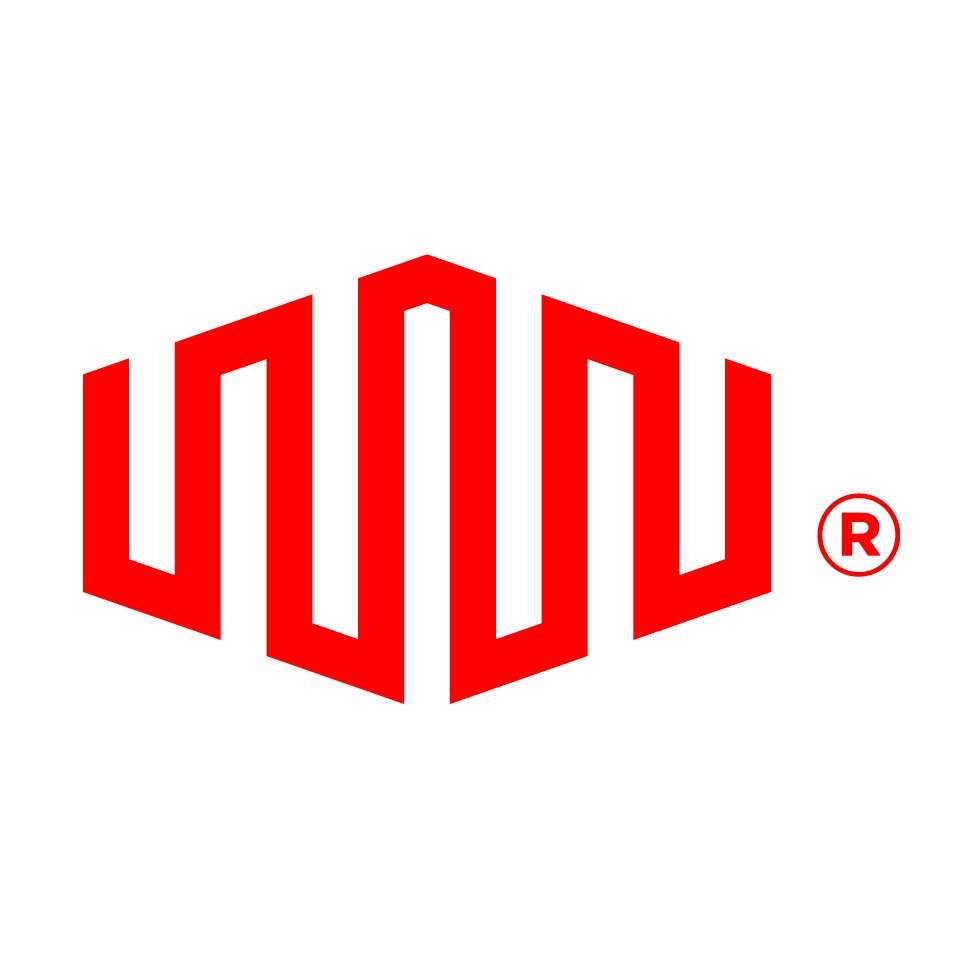Operating systems....can’t live with them, can’t live without them!
In the first of a series of updates, we’re improving how we handle OS images. Here's what you can expect:
- We're moving from hand-crafted "works great on Metal" images to upstream cloud images.
- We're expanding our list of official OS's to make it easier for you to deploy what you need. Welcome to NixOS, AlmaLinux, and soon Rocky Linux, Alpine Linux, FreeBSD, Talos, and more.
An important distro to our users is Ubuntu, so we're giving it the royal treatment. Starting in January we will deploy upstream Ubuntu Cloud Images for all supported versions.
New Default Ubuntu Images Going Live in 4 weeks

On January 10th, 2022 we'll start delivering upstream Ubuntu Cloud images to all new deployments via our portal or API.
Most of you won't notice an issue, but we will be removing some packages that we currently include, but that are
not
included by default in the Ubuntu Cloud images. Here are the packages that will no longer be included by default. If you need them, you'll need to install them as part of your post-provisioning setup.- traceroute
- cpufrequtils
- dstat
- iperf
- jq
- mg
- mosh
- mtr
- netcat
- nmap
- ntpdate
- python3-yaml
- shunit2
- ssh
- unzip
- gnupg2
What’s in it for you?
Aligning our official OS images with the images people use on other public clouds enables a better, more consistent experience. Simply put, a common image makes it easier to operate or migrate workloads across environments.
What if I want to keep using the legacy Docker-based images for a while?
If you really can't stand change, you can follow our legacy image process. The legacy images will be available until December 2022. But remember: these images are called legacy for a reason and will not receive updates.
Let us know if you have any questions!
